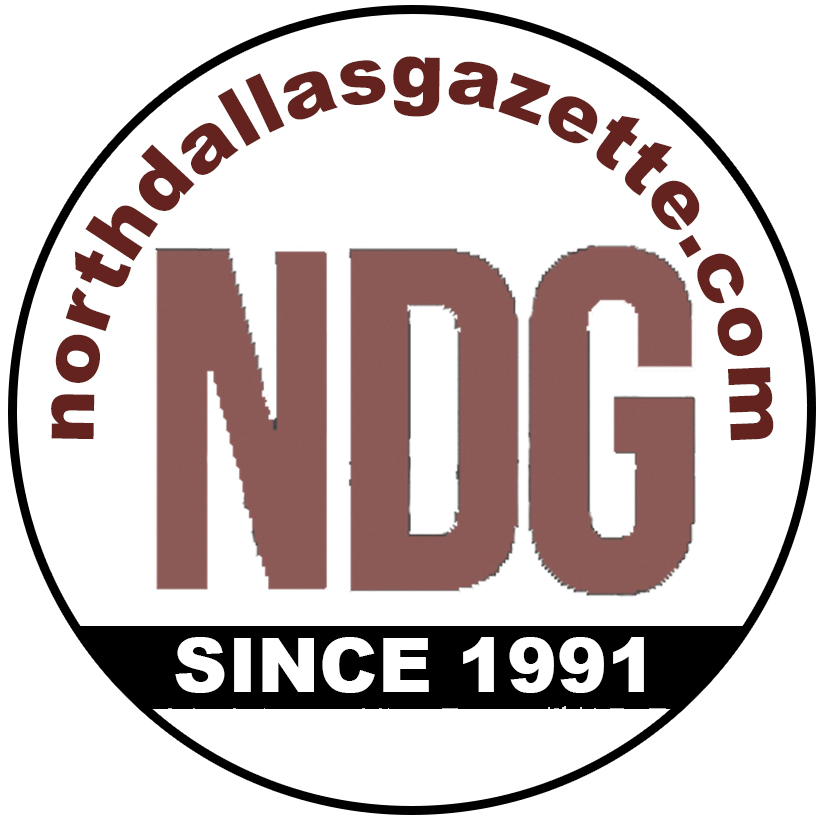By Lori Lee
NDG Contributing Writer
President Trump in April celebrated a plan to impose tariffs on at least 90 countries, hailing the action as “Liberation Day.” His justification—he hopes to acquire revenue from the tariffs and to counter what he calls unfair trading practices.Trump believes the plan will bring back American manufacturing and build up the American labor force.
Will the plan indeed liberate? Will it reposition American trade and help businesses create jobs? The tariffs are certain to generate income for the government, but one might ask, at whose expense? When tariff costs are passed onto consumers, it is called a tariff passthrough. Evidence of a passthrough has surfaced over the past two months, yet it came later than predicted, said Neale Mahoney, professor at Stanford University and researcher for the National Bureau of Economic Research, at an August American Community Media (ACoM) briefing.
Businesses wishing to import goods into this country will now pay substantial tariffs to the US government to do so, just as American businesses will pay tariffs on their own imports. With roughly half of American imports used in U.S. production to create goods, the new tariffs are sharply increasing the costs of American manufacturing, said Mahoney. With a 50% tariff on copper, for example, businesses that use the metal in production will find making a profit much trickier. These negative impacts work against the pro-business priorities Trump talked about during his 2024 campaign, Mahoney said.

One reason the passthrough is later than predicted may be the record-high profit margins experienced post- pandemic. It appears American businesses have been taking on the added tariffs while avoiding raising prices, he said. The higher margins may have made it easier for businesses to absorb the costs or stock up before the tariffs took effect. Yet, weakening consumer demand and a soft labor market may be other factors making decisions to raise prices difficult for businesses fearful of passing costs onto their customers.
The fears follow recent economic uncertainty surrounding the chain of tariff announcements, which have shocked the market repeatedly since Trump took office. February calls for tariffs on Mexico, Canada, and China, followed by Liberation Day tariffs in April caused significant jolts and rebounds as Trump called for tariffs, then pushed them back.
China now has a 30% tariff. Brazil 10%, and India 25%, according to Dr. Anil Diolalikar, professor of economics and founding dean emeritus of the University of California Riverside School of Public Policy, who also spoke at the ACoM briefing.
Despite all the pushing and pulling in the market, said Mahoney, we now have the highest tariffs since the 1930s. The Smoot-Hawley Tariffs set in place to protect American businesses from competition during the 30s caused international trade to plummet, worsening the Great depression, Brittanica recorded.
Now around the corner, substantial price hikes are expected in time for Christmas, a 1.5% increase, warned Mahoney, given about 10% of what Americans buy is imported, and tariffs are increasing by 15%. Though not catastrophic, prices are definitely headed in the wrong direction, said Mahoney, and as the labor market cools, businesses relying on imports will be particularly hurt.
“The uncertainty is paralyzing, he said. If you’re a small business, and you don’t know what your costs will be for your inputs, you’re going to be reluctant to hire a new worker, to expand your facility.
If you’re a consumer, and you don’t know whether layoffs are coming around the corner, you’re going to hold back on a vacation, on a night out, on a new car purchase.”
The impact on small businesses has been tremendous, added Delawar Saeed, former deputy administrator of the Small Business Administration (SBA).
“You need certainty. You need clarity, especially when you are operating a small business,” he said. With forms now required detailing the use of every import, small businesses are now burdened with extra staff and time requirements, impacting their ability to plan and adjust pricing effectively.
The tariff is a small business problem, reminded Saeed. Ninety-seven percent of U.S. importers are small businesses, while two thirds of small businesses export.
From restaurants importing Mexican beef to manufacturers importing fabrics from India, the added costs of the tariffs are being felt by small business throughout the country. The National Small Business Administration in May surveyed 650 American small businesses and found 58% consider themselves worse off today than a year ago. Overall, the survey found small business sentiment at its lowest point in 15 years, this, including the pandemic and the 2008-09 financial crisis.
The federal government has responded by laying off 43% of the SBA workforce, leaving little support or financing help for small businesses.These policies don’t consider the needs of business owners, cautioned Saeed.
“I’m really concerned that we’re gonna see, unfortunately, a large number of businesses facing closures.”
What the U.S. is doing with the tariffs works against American interests in other ways as well, added Dr. Diolalikar. Bringing the large and emerging economies of China, India and Brazil together may increase their trade, Indian Prime Minister Modi last month visiting China for the first time in seven years. Plus, all three countries face heightened future tariffs with the U.S.
According to Diolalikar, Trump’s plan works out well for India, being more focused on IT and software services exempt from the tariffs. A number of carve outs save certain industries or sectors, such as smartphones, computers, and electronic components, Apple getting a special exemption due to their large promised investment in the U.S., added Diolalikar.
The large number of export industries in China, however, mean China could suffer huge impacts, their economy already slowing down over recent years. Yet, because the U.S. and China are so interdependent, they will be more motivated to come to the negotiating table and work something out.
In the case of India’s punitive tariffs to stop its purchase of Russian oil, an agreement is far less likely, he said, while prospects of Brazil negotiating a truce on tariffs with the U.S. is even lower, said Diolalikar. With China its largest trading partner, it will likely encourage Brazil to pivot away from dependence on trade with the U.S, while increasing trade with China itself.
All the while, Mahoney is holding out hope to avoid a recession, recalling a backstory when the economy was the envy of the world. With last year’s spending at 3%, consumer spending has now flatlined, said Mahoney. Job growth was steadily increasing. Now, it’s cut in half. Payroll growth, at half the rate needed to keep up with the labor force, is now running at a deficit. Further, companies are holding back on hiring, with pockets of layoffs starting to surface. Job growth at this slow a pace has historically signaled significant layoffs ahead and worsening economic conditions. If indicators continue to follow this path, recession may not be far out of sight.




